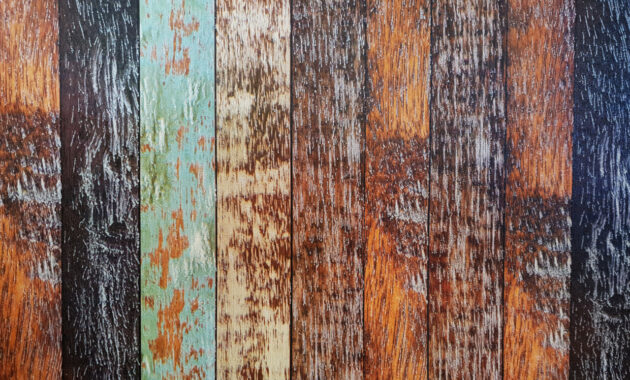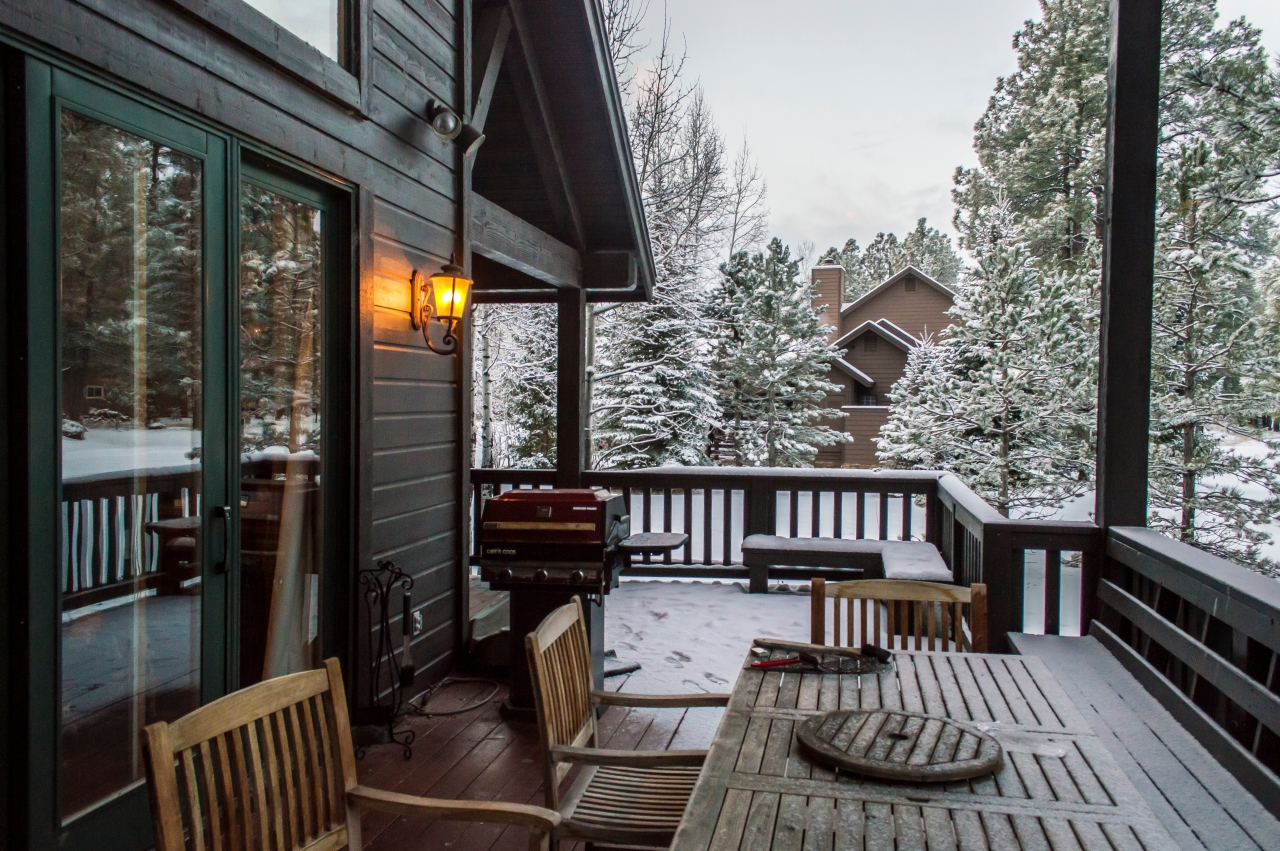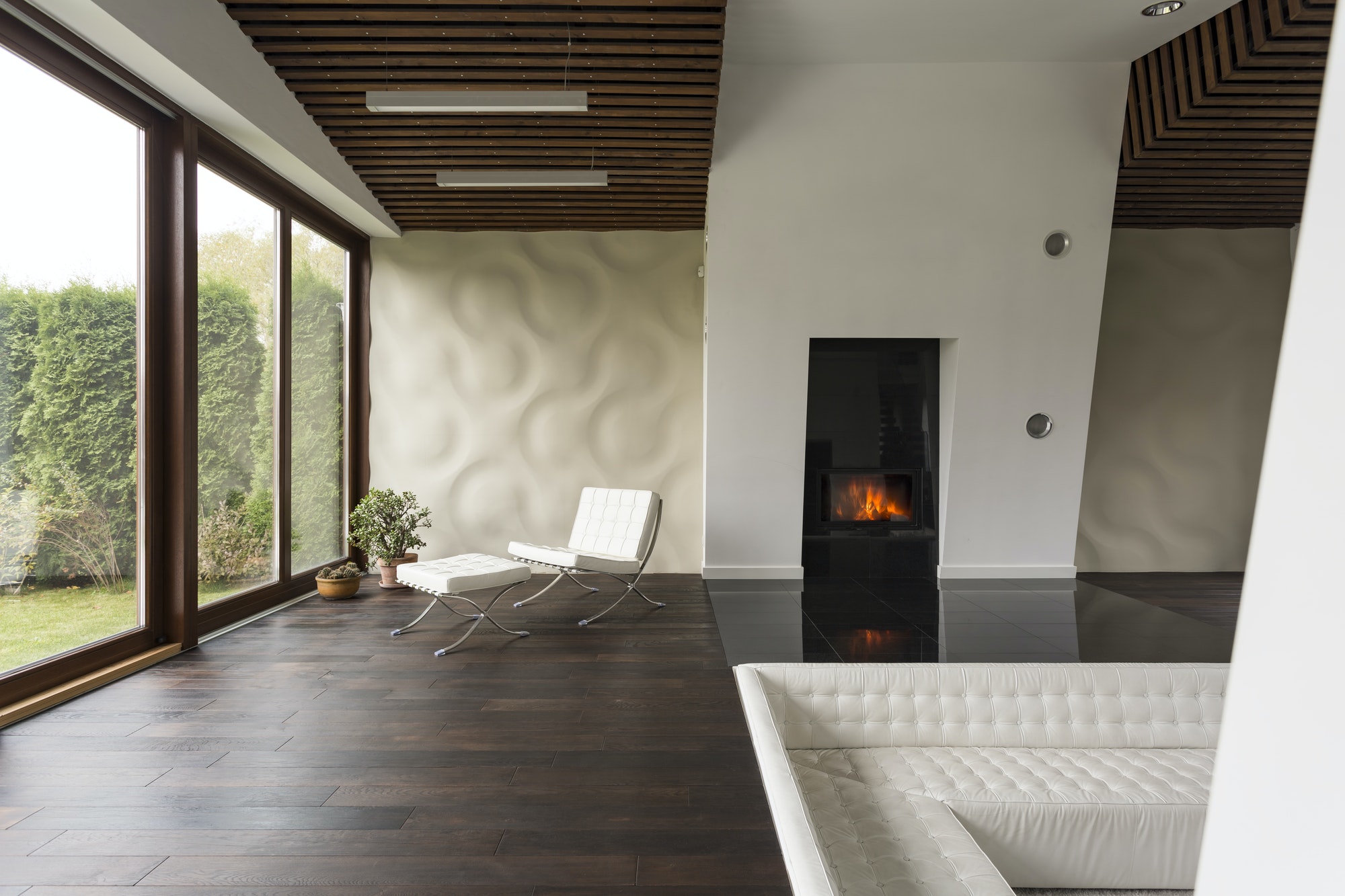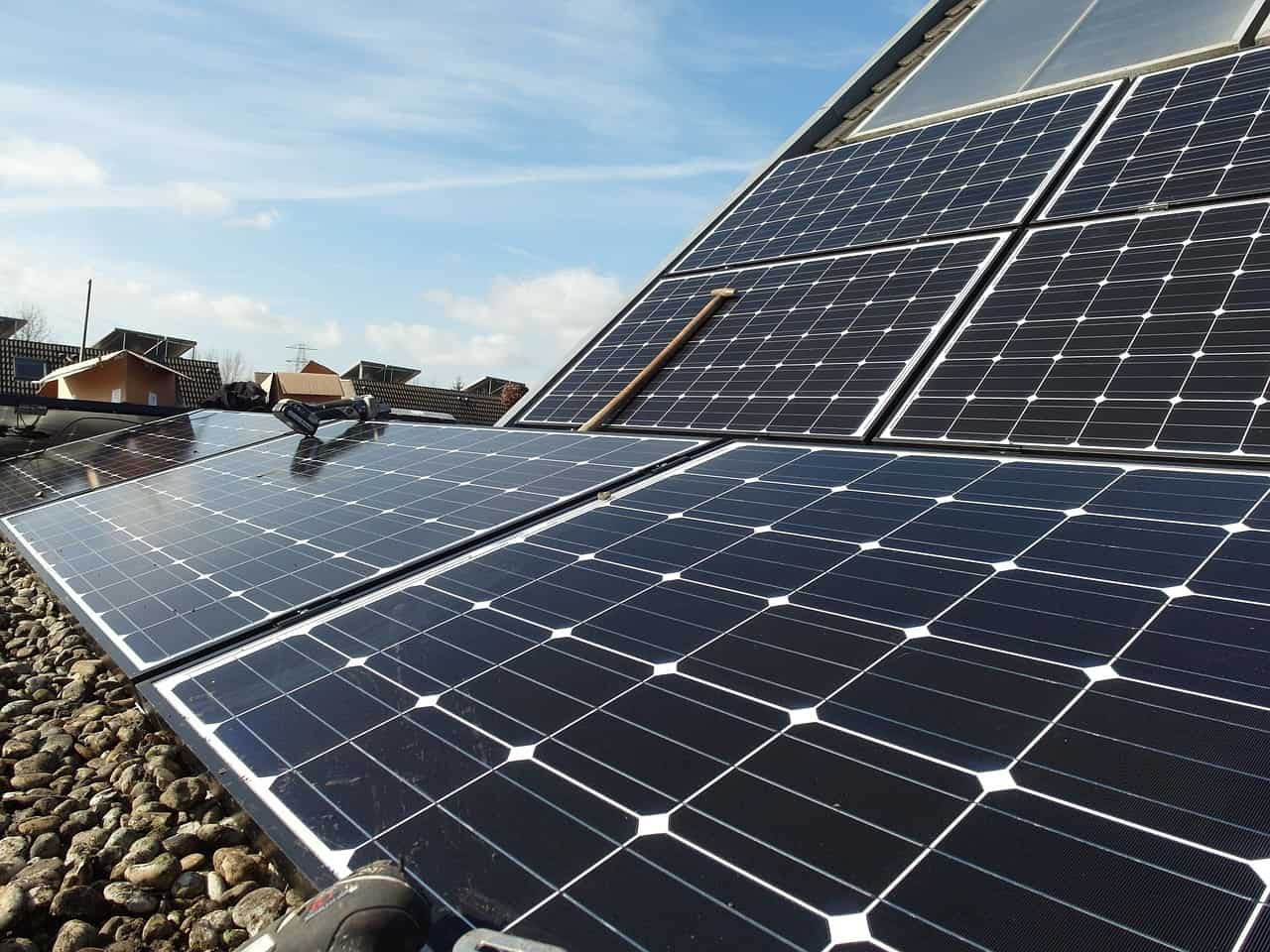Like many things in life, your deck cannot last forever! Whether due to weather damage, prolonged use, or pests, every deck is subject to change over time. Old, damaged, and worn-out decks can be anything from an eyesore for your home to a health and safety hazard. Keeping your home and those who live in it safe is a top priority, so you need to replace your deck on time! To keep your deck family-friendly and safe, you need to know when it’s time for a replacement.
Chances are unless you’re a professional, or your deck is falling apart at the seams, you won’t know what to look out for. There are a few key identifiers of a worn-out deck if you know where to look! If you’re in the market to get a new deck but you’re not sure if the time is right, you’ve come to the right place! To help you know what to look out for, follow this guide! Here are the most common signs that you might need a new deck to help you!
Extensive damage on the surface
The main giveaway that your deck needs replacing, is extensive surface damage. Small localized damage can usually be remedied by replacing a few boards. Damage on the floorboards, once it’s started, can grow into a pretty dangerous situation, so it’s important to act fast.
Many things can attack and damage your deck. Wooden decks need regular waterproofing, painting, and sealing to keep them from rotting. Those at cladcodecking.co.uk recommend using composite wood as an alternative to other materials to avoid wood rot. Using alternative materials instead of wood is a great way to keep your deck safer and sturdier for longer. If the damage to your deck is in more places than it’s not, consider getting a new deck ASAP.
Rotten posts
Your deck posts are what keep your deck standing straight and secure. Rotten, unstable, or damaged posts can send the whole structure crashing down, so it’s important to act quickly. Decks made of normal, untreated, or treated wood succumb to wood rot much quicker than hybrid wood types.
Replacing individual rotten posts is possible, but it takes a lot more work and a lot of precision. Removing single posts at a time can destabilize your deck and cause it to topple under its own weight. The better alternative is to stay on the safe side and replace the whole deck once you start noticing rotted posts.
Unstable railings
Below-deck integrity is as important as above-deck integrity. Your railings make up an essential part of your upper deck and it’s important to keep them secure for your safety. Your deck railings need to be sturdy enough to be able to support your weight. If you lean on unstable or wobbly railings, they could buckle and topple over, leaving you to fall off your deck. Railings that lean out over your deck, wobble, or lean in any way, are a tell-tale sign. Check where your railings connect with your deck for any soft, or warped wood. If you find any of these signs, it’s time to swap them out.
Erosion around the posts
In addition to the posts themselves, you need to keep an eye on the dirt and ground surrounding them. Most decks have their posts buried deep into the ground, or set in concrete to keep the structure stable. Over time, the soil surrounding the posts can erode away due to water, wind, or other elements and leave your posts exposed. Posts in eroded soil are less stable and can lead to trouble. Keep your eyes peeled for erosion around the posts and act quickly to keep your deck from wobbling or your posts from snapping.
Gaps between your house and deck
Typically, your deck and home are connected by a ledger board that holds things in place. Over time, the ledger board can become damaged or weathered and can affect how it connects the deck to your home.
A worn-down ledger board allows the weight of the deck and gravity to pull it out and away from your home. The resulting gap that forms between your deck and home is a safety hazard that anyone could trip over or fall through. Bust out your measuring tape and keep a close eye on the distance between your deck and home. If you see the distance increase over time, replace your deck immediately.
Discoloration and stains
Last but not least, the final signs on this list that it’s time to replace your deck are stains and discoloration. While widespread stains and discoloration may not be as easy on the eyes, they could also signal a more serious underlying problem. Discoloration could be an indication that the deck’s finish is corroded, leaving the bare wood open to the elements. You can also use these markings to identify wood rot.
Many things can cause stains and discoloration, from harsh chemicals to automotive fluids, to cooking grease. If you don’t know the age of a discolored deck, these markings could be a sign of old age and a much-needed replacement. When it comes to stains and discoloration, it’s better to replace the whole deck instead of trying to remedy it.

Replacing your deck is an important part of keeping your home safe and looking good. Whether you choose to replace your deck for aesthetic or safety reasons, there are a few things to be on the lookout for. For starters, if your deck’s surface starts to get worn down and damaged, it might be time for an upgrade. Rotted posts and unstable railings are other indicators that it’s time to replace your deck. Wood rot is a serious problem to any part of your deck, so consider using alternative materials instead.
Soil erosion around the posts happens over time and is a good indicator that it’s time to change your deck. Keep an eye on the space between your deck and other structures. If that gap starts to widen, consider replacing your deck. Last but not least, be on the lookout for any deck stains or discoloration. If you start to notice any markings, especially if you can’t date your deck, it might be time for a change. Follow this guide to identify any issues with your deck to help keep it safe and secure in the future!
Discover more from Futurist Architecture
Subscribe to get the latest posts sent to your email.



